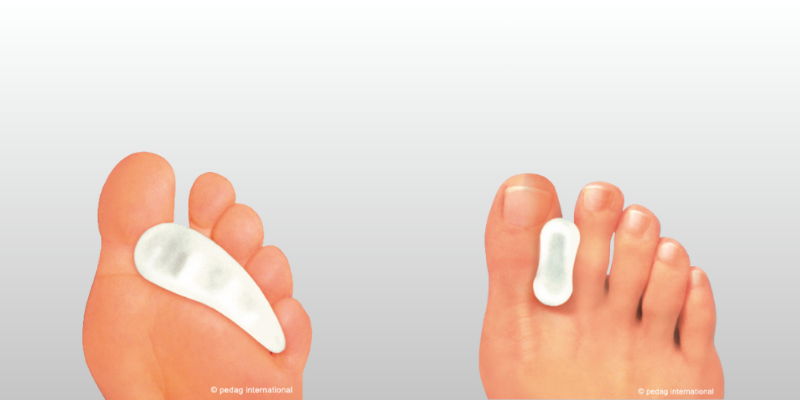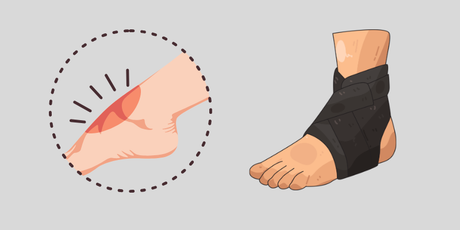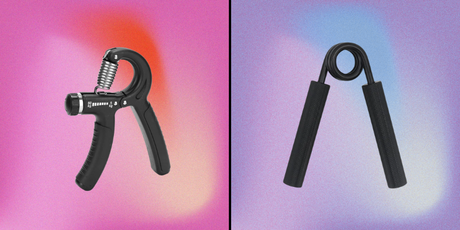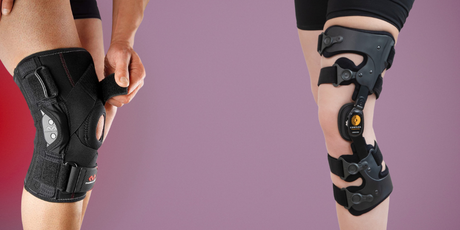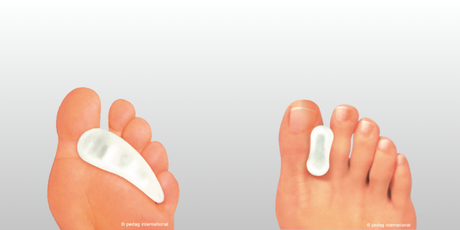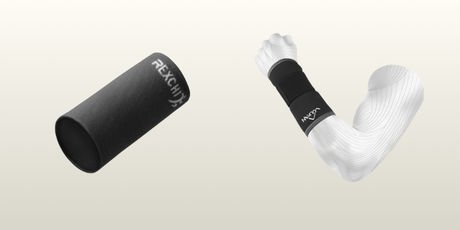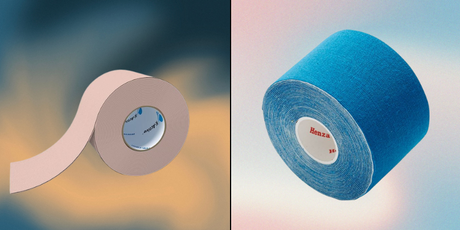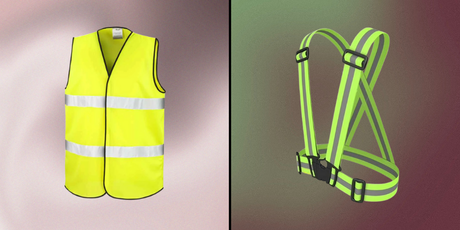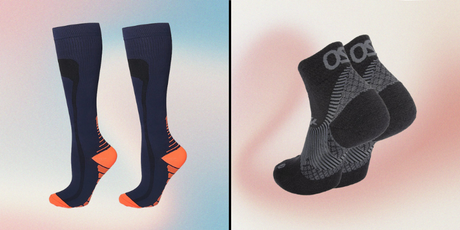Hammertoe is a prevalent foot condition that affects many individuals, causing discomfort and pain due to the abnormal bending of one or more toes. This deformity typically involves the second, third, or fourth toe, which bends at the middle joint, creating a shape reminiscent of a hammer. Understanding the causes, symptoms, and treatment options for hammertoe is essential for effective management and relief.
If you're looking for assistance with your hammer toe treatment, take a look at our collection of hammer toe correctors.
Understanding Hammertoe
Hammertoe occurs when the muscles, tendons, or ligaments that hold the toe in place become imbalanced. This imbalance can lead to the toe being forced into a bent position, which can become permanent if not addressed. The condition is often exacerbated by wearing ill-fitting shoes, particularly those with narrow toe boxes or high heels, which place undue pressure on the toes.
Anatomy of Hammertoe
The anatomy of a hammertoe involves the proximal interphalangeal joint, which is the joint closest to the foot. In a typical hammertoe, this joint bends upwards while the distal joint points downwards. This abnormal positioning can lead to various complications, including corns and calluses, as the bent toe rubs against footwear.
Types of Hammertoe
Hammertoes can be classified into three main types based on their severity:
- Flexible Hammertoe: The toe can still be moved and straightened manually, indicating that the condition is in its early stages.
- Rigid Hammertoe: The toe becomes stiff and cannot be straightened, often requiring more intensive treatment.
- Claw Toe: This condition involves bending at both joints of the toe, leading to a more severe deformity.
Causes of Hammertoe
Several factors contribute to the development of hammertoe, including:
- Ill-Fitting Footwear: Shoes that are too tight or narrow can force the toes into unnatural positions, leading to deformities.
- Foot Structure: Individuals with flat feet or high arches may be more susceptible to developing hammertoes due to the way their feet distribute weight.
- Muscle Imbalance: Over time, muscle imbalances can develop, causing certain muscles to weaken while others become overly tight.
- Genetic Predisposition: A family history of foot deformities can increase the likelihood of developing hammertoes.
Symptoms of Hammertoe
The symptoms of hammertoe can vary depending on the severity of the condition. Common signs include:
- Pain and Discomfort: Individuals may experience pain at the top of the affected toe, especially when wearing shoes.
- Swelling and Redness: The affected toe may appear swollen and red due to inflammation.
- Corns and Calluses: These can develop on the top of the toe or on the ball of the foot due to friction from footwear.
- Difficulty Walking: As the condition progresses, individuals may find it challenging to walk comfortably.
Diagnosis of Hammertoe
A healthcare professional typically diagnoses hammertoe through a physical examination. They will assess the toe's flexibility and alignment, and may also request X-rays to evaluate the bone structure and joint positioning. This comprehensive assessment helps determine the most appropriate treatment plan.
Non-Surgical Treatment Options
For many individuals, non-surgical treatments can effectively manage hammertoe symptoms and prevent further progression of the condition. These options include:
Footwear Modifications
Choosing the right footwear is crucial in alleviating pressure on the toes. Recommended footwear features include:
- Wide Toe Boxes: Shoes with ample space allow the toes to move freely and reduce the risk of further deformity.
- Low Heels: Avoiding high-heeled shoes can help maintain proper foot alignment and reduce strain on the toes.
Orthotic Devices
Custom orthotic devices, such as insoles or toe pads, can provide additional support and cushioning. These devices help redistribute pressure away from the affected toes, alleviating discomfort.
Toe Exercises
Regular stretching and strengthening exercises can improve flexibility and muscle balance in the toes. Simple exercises include:
- Toe Stretches: Gently pulling the toes straight can help maintain flexibility.
- Towel Curls: Using the toes to scrunch a towel can strengthen the muscles in the foot.
Padding and Splints
Using padding or splints can help protect the affected toe and encourage proper alignment. These devices can be worn during the day or at night to provide continuous support.
Browse our collection of hammer toe padding and splints, and find something that suits your needs.
Surgical Treatment Options
In cases where non-surgical treatments fail to provide relief, surgical intervention may be necessary. Surgical options include:
Arthroplasty
This procedure involves removing a portion of bone from the affected joint to allow for straightening. It may be combined with soft tissue correction to address muscle and tendon imbalances.
Arthrodesis
Also known as joint fusion, this procedure involves fusing the toe joint to prevent further bending. It is often recommended for rigid hammertoes or when the joint is severely damaged.
Tendon Transfer
In cases where muscle imbalance contributes to the hammertoe deformity, tendon transfer surgery may be performed. This involves relocating tendons to help straighten the toe.
Osteotomy
This procedure involves cutting and realigning the bones in the toe to correct the deformity. It may be used in combination with other surgical techniques for optimal results.
Recovery After Treatment
Recovery from hammertoe treatment varies depending on the chosen approach. For non-surgical treatments, individuals may need to follow specific guidelines to ensure optimal healing. This may include:
- Rest and Elevation: Keeping the foot elevated can help reduce swelling and promote healing.
- Gradual Return to Activity: As symptoms improve, individuals can gradually increase their activity levels, starting with gentle exercises.
For those who undergo surgery, recovery may involve:
- Wearing a Special Shoe: A protective shoe may be required to support the toe during the healing process.
- Physical Therapy: Engaging in physical therapy can help regain strength and flexibility in the toe.
Long-Term Management
To prevent the recurrence of hammertoe, individuals should consider long-term management strategies, including:
- Regular Foot Care: Maintaining proper foot hygiene and addressing any corns or calluses promptly can help prevent complications.
- Continued Use of Orthotics: Wearing orthotic devices as recommended can provide ongoing support and comfort.
- Monitoring Foot Health: Regular check-ups with a podiatrist can help identify any changes in foot health early on.
Conclusion
Hammertoe is a common condition that can significantly impact an individual's quality of life. Understanding the causes, symptoms, and treatment options is essential for effective management. Whether through non-surgical approaches or surgical intervention, individuals can find relief from the discomfort associated with hammertoe. Early intervention and proper foot care are key to preventing the progression of this condition and maintaining overall foot health. If you suspect you have hammertoe, consult a healthcare professional for a comprehensive evaluation and tailored treatment plan.
